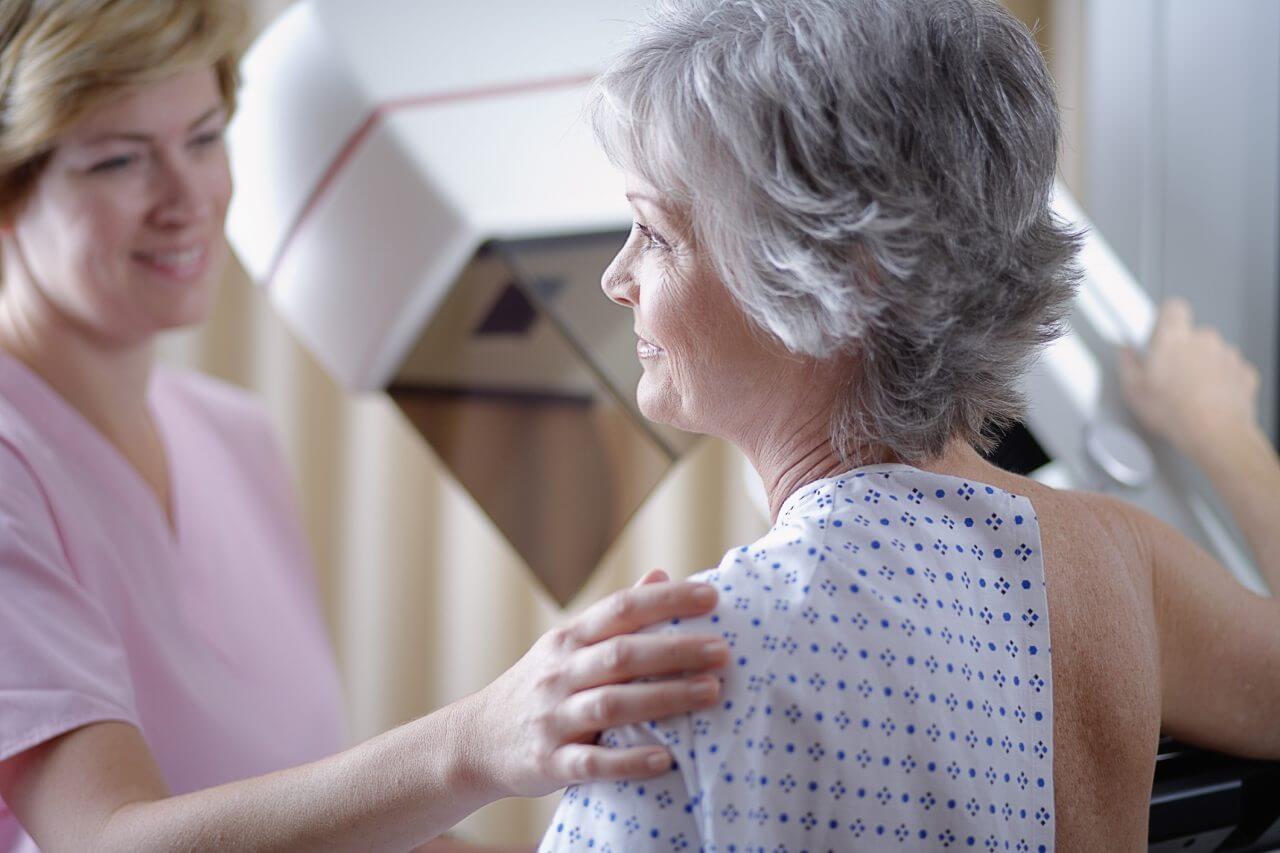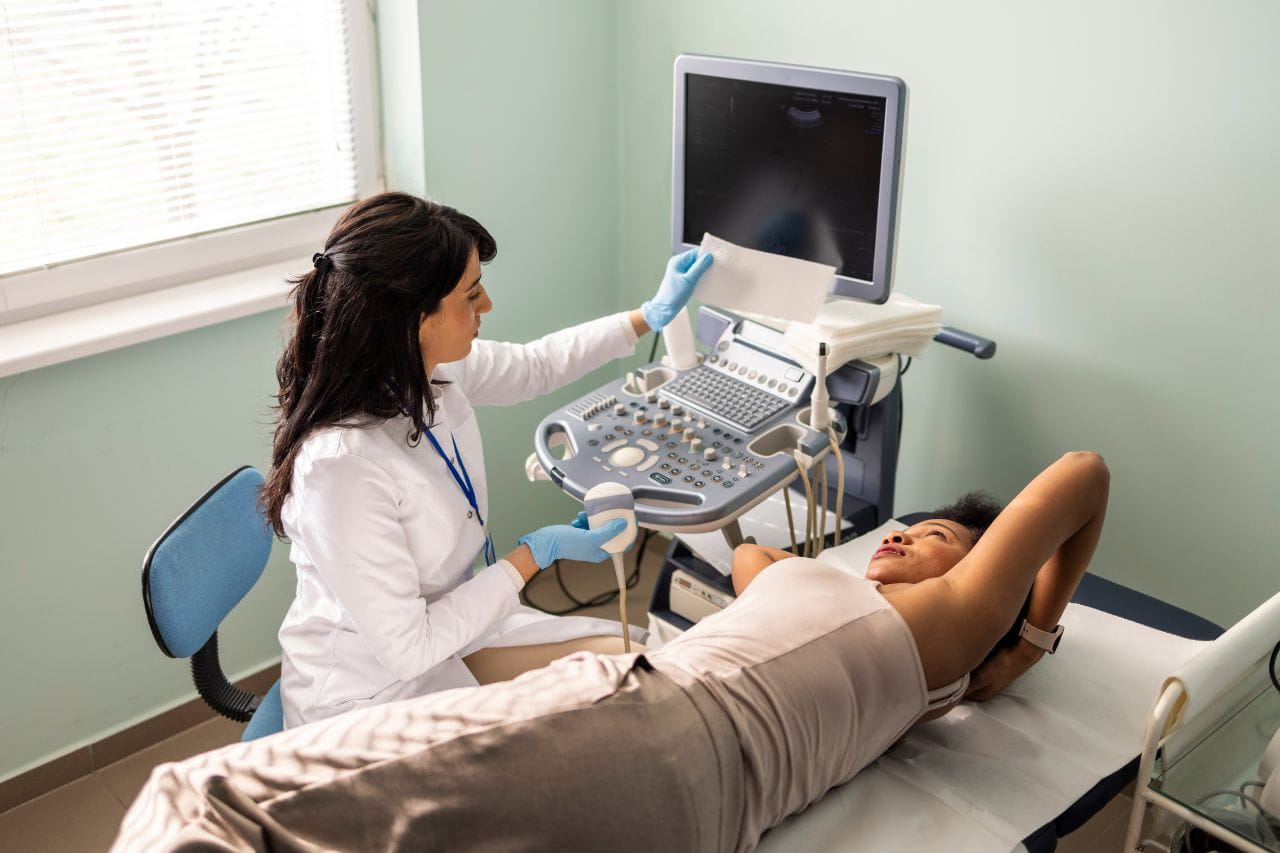Cysts vs. Tumors

If you discover a new lump, bump, or unusual mass somewhere on your body, it can be unnerving. But it’s important to note that, many times, it could be a benign cyst or tumor. Below we’ll outline the differences between cysts and tumors, how they develop, and how they’re treated.
What Are Cysts and Tumors?
A cyst is a sac of tissue that’s filled with another substance, like air or fluid. Tumors are solid masses of tissue. Cysts can form anywhere on the body, including on your bones and soft tissue. Most cysts are non-cancerous, but there are exceptions. Tumors can also grow anywhere on the body. Tumors can be benign or cancerous (malignant).
Differences Between Cysts vs. Tumors
Telling the difference between cysts and tumors is difficult just by looking at them, but there are a few things you can watch to help distinguish between the two. In general, cysts are tender to the touch and can be easily moved under the skin. Tumors are hard to the touch and can sometimes grow large enough that they put pressure on surrounding tissues. While it’s best to have a doctor take a look, here are some common characteristics of both cysts and tumors:
Appearance
| Characteristic | Cyst | Tumor |
| fast-growing | X | |
| red and swollen | X | |
| blackhead in center | X | |
| white, yellow, or green discharge | X | |
| firm | X | |
| tender | X | |
| able to move around under the skin | X |
What do cysts and tumors look like?
Cysts are red and swollen and may have a blackhead in the center. They also may have white, yellow, or green discharge. Tumors are fast-growing. A doctor can distinguish between a cyst and a tumor by using diagnostic tools, such as an ultrasound or MRI.
What do cysts and tumors feel like?
Cysts are tender to the touch and can be moved around under the skin. Tumors are firm to the touch.
Causes
What are the differences between what causes cysts and tumors?
Cysts have a wide range of types and causes. Some are related to an underlying medical condition, such as polycystic ovary syndrome. Cysts can also form directly on your skin’s surface when dead skin cells multiply instead of falling off, which is what they normally do. Other causes of cysts include:
- Irritation or injury to a hair follicle
- A clogged duct in the hair follicle
- Degeneration of connective joint tissue
- Ovulation
Tumors are caused by abnormal cell growth. Usually, the cells in your body grow and divide to form new cells as your body needs them. When older cells die, they’re replaced with new ones. Tumors form when this process breaks down. Old and damaged cells survive when they should die, and new cells form that your body doesn’t need. When these extra cells keep dividing, a tumor can be formed.
Diagnosis
How are cysts and tumors diagnosed?
Doctors can recognize cysts during a physical exam, but they often rely on diagnostic imaging. This helps your doctor learn what’s in the lump. The types of imaging that they use include ultrasounds, CT scans, MRI scans, and mammograms.
If a cyst looks smooth to the eye and in a diagnostic image, it’s almost always benign. If the lump has solid components that are due to tissue rather than liquid or air, it could be either benign or malignant. The only way to confirm if a cyst or tumor is benign is to have it biopsied by your doctor. This involves surgically removing some or all of the lump to look at the tissue under a microscope to check for cancer cells. If a lump is filled with fluid, your doctor may insert a long, thin needle to pull out a sample of the liquid. Depending on the location of the lump, most biopsies are done in an outpatient setting.
Take Charge of Your Health
If you notice a lump, bump, or mass somewhere on your body, schedule an appointment with your doctor as soon as you can. You can also take a health risk assessment to determine if you are at risk for developing cancer.
Next Steps and Useful Resources:
Is Breast Cancer Genetic?
Mole or Melanoma? 5 Tips for Detecting Skin Cancer
If You’re Overweight, This Can’t Wait



